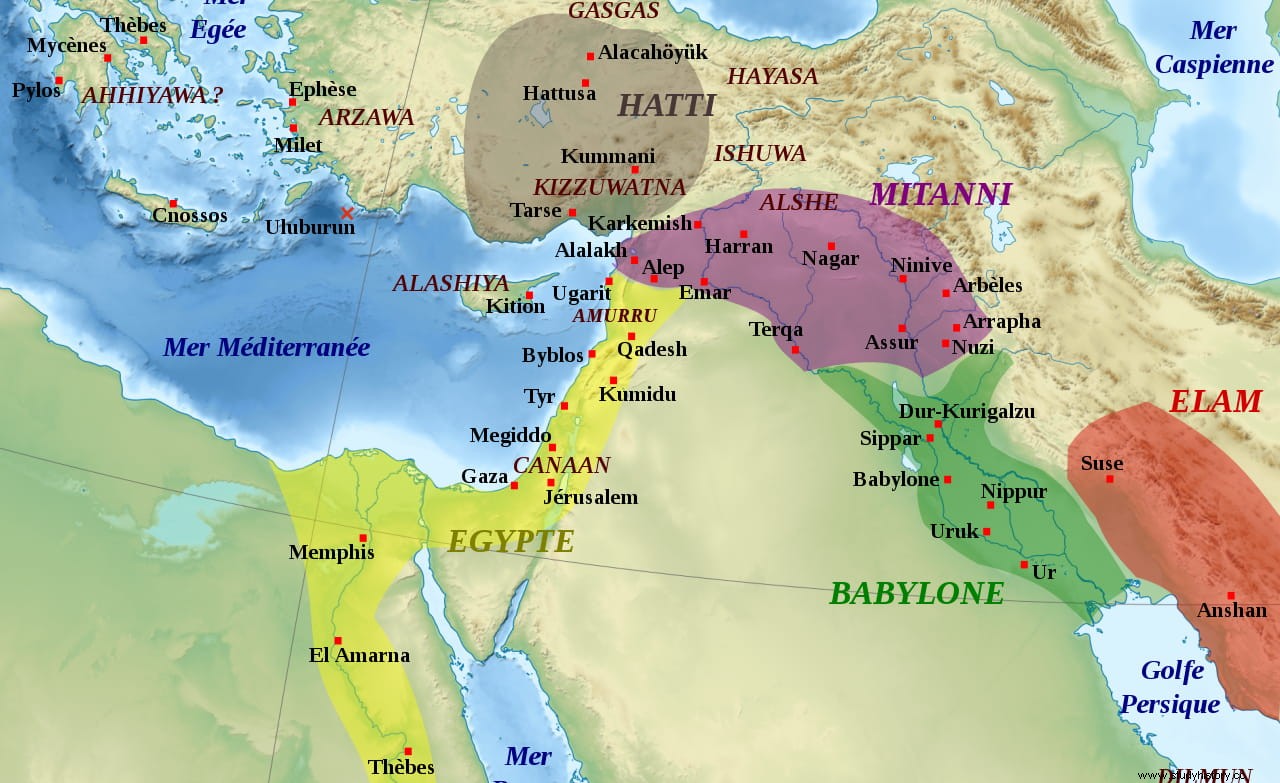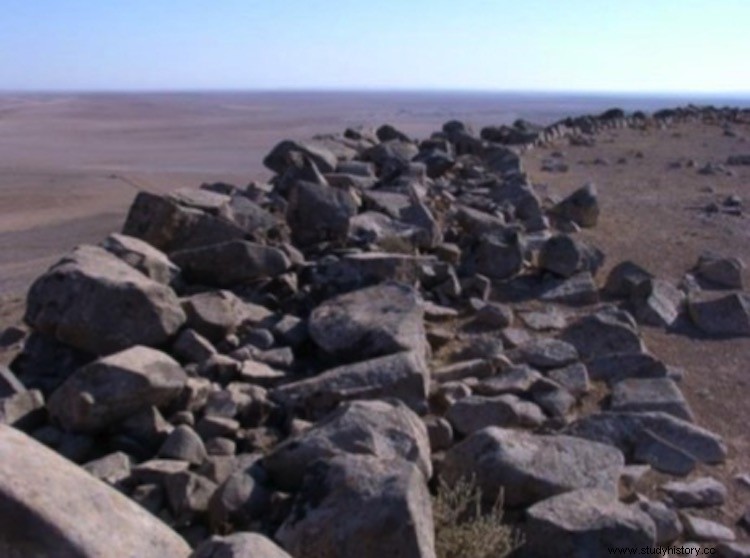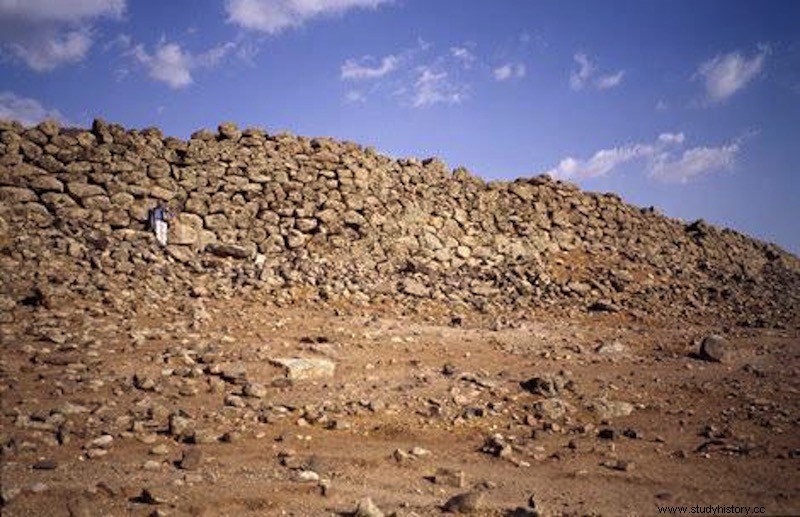Researchers from the Lumière University of Lyon together with experts from the General Directorate of Antiquities and Museums of Syria found at the end of 2017, thanks to the analysis of aerial and satellite images, a large network of fortresses intended for surveillance and communication dating from the Middle Bronze Age (2nd millennium BC) in northern Syria.
The investigated area is located to the east of Hama and is about 7,000 square kilometers, right on the edge of the fertile crescent to the west and the steppes to the east, constituting a historically sparsely populated region.
There they discovered more than a thousand sites with well-preserved remains, including a massive fortified surveillance network, with structures dating back to 2,000–1,500 BC. It is the first time that a system of such magnitude has been found in the region.

This network is made up of fortresses, forts, towers and enclosures distributed along the steppe edge of central Syria, as a defense measure for this territory.
The fortresses feature large blocks of uncarved basalt, forming walls several meters high and wide, situated in such a way as to allow visual contact with nearby bastions, facilitating communication by light or smoke signals rapidly throughout the network.

The purpose of such a system had to be the surveillance and protection of transit routes and access to settlement areas.
The study, which has been carried out since the 1960s and was published this month in the journal Paléorient , analyzed ceramic samples found in some of the enclosures, whose dating coincides with the same time period.

During the Middle Bronze Age, the settlement of the Amorite tribes begins in the region, who build large fortifications with cyclopean stone blocks, and use an Acadian cuneiform script. In the second half of the II millennium B.C. the Hittites begin their expansion southward from Anatolia, and towards the end of the period the destruction of the city-states of the region traditionally associated with the peoples of the sea takes place .
